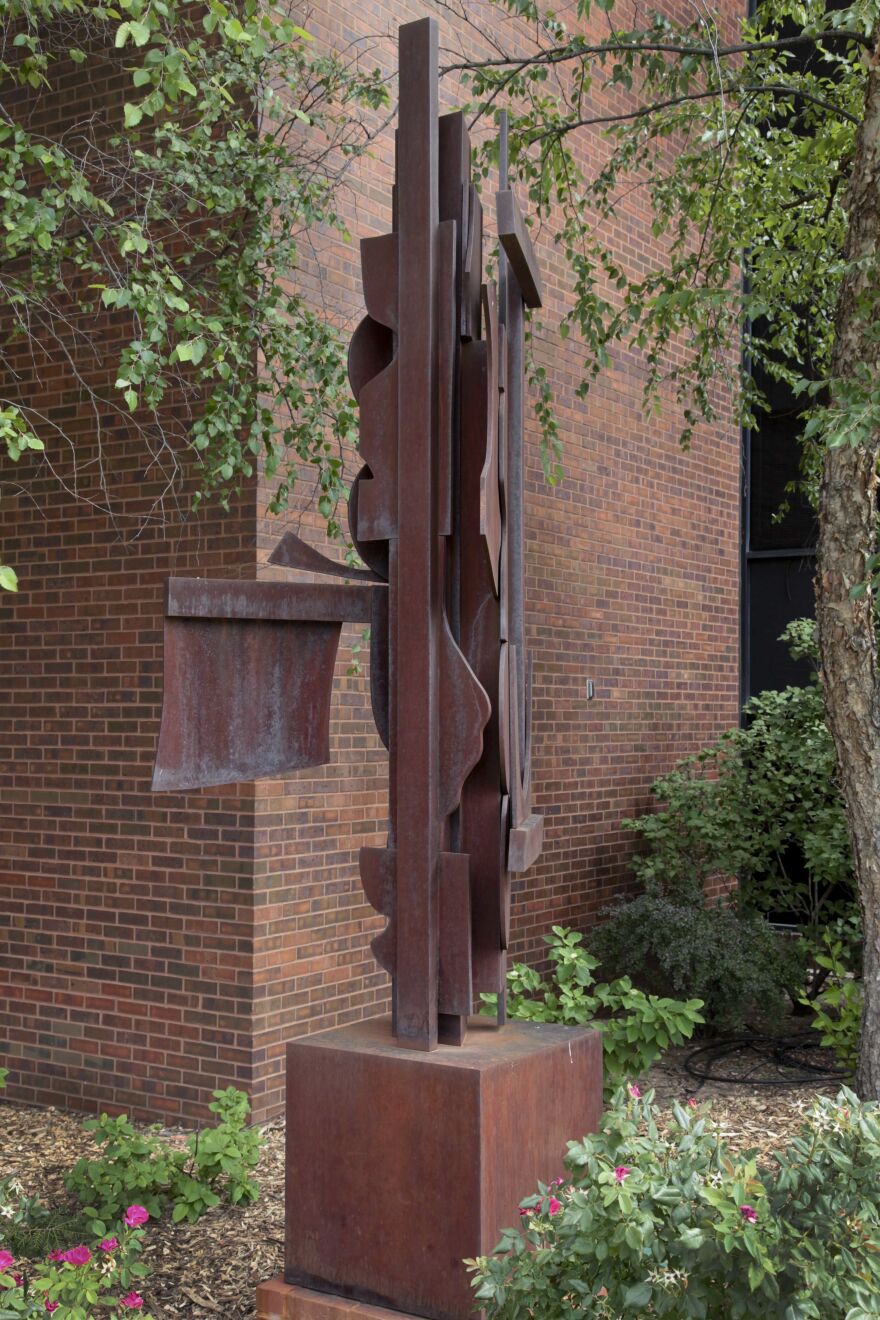Louise Nevelson was a key American sculptor in the mid-20th century. Her Modernist artwork changed the world of sculpture – much like what Jackson Pollock did for painting.
Nevelson immigrated to the United States from Russia at a very early age. As the daughter of a lumberyard owner, her life was to be a vast departure from her upbringing. In 1931, she studied with renowned painter and instructor Hans Hoffman, and worked as an extra in films in Berlin and Vienna. Even though her moments on the silver screen were brief, she lived and dressed with eccentric glamour and flamboyant tenacity.
Her flair for the theatrical is almost as well known as her large, monochromatic wood constructions – a material choice that perhaps speaks to her early life. Nevelson rose to international acclaim in the late 1950s and through the ‘60s. Her sculptures from this time are generally made out of found wood scraps, fragments of furniture, or woodwork rescued from dilapidated houses.
These wood pieces are painted a single color – typically black or white – and composed as individual boxes, which are stacked to a monumental size. These stacks display Nevelson’s mastery of composition, light and space.
Both the Wichita Art Museum and the Wichita State Sculpture Garden hold excellent examples from her mid and late career. At the Wichita Art Museum, you can view Nevelson’s stunning Night Sun III from the museum’s permanent collection. On the grounds of WSU, tucked in the flowerbeds of the Ulrich, is her work Night Tree from 1971. This late-career piece maintains the monochromatic shapes, though her production of outdoor sculptures draws her to more industrial materials.
Nevelson’s approach to materials made her one of the most important sculptors of the 20th century, and her celebrated career is alive and well here in Wichita.


